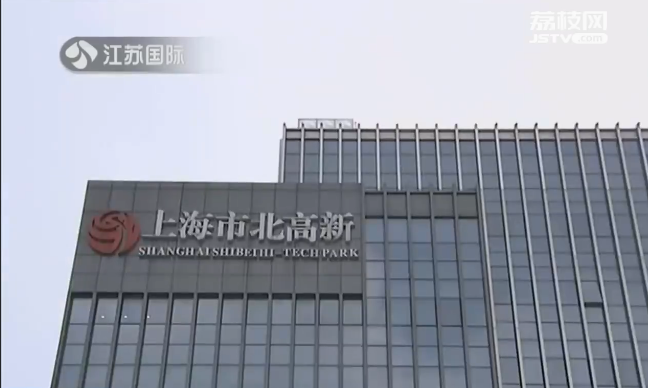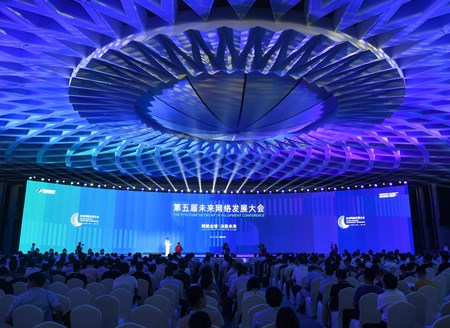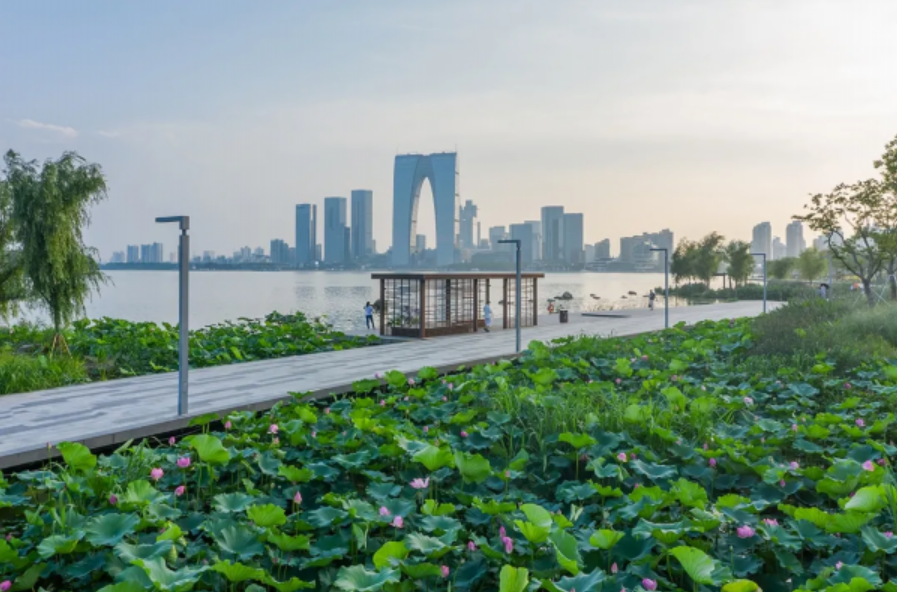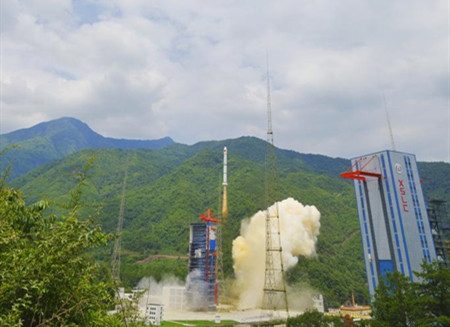East China’s Jiangsu province has strived to boost industrial growth along the Yangtze River through integrated development models by taking advantage of the resources of the eight prefectural cities in the YangtzeRiver economic belt.
A Shanghai-based company has launched its investment project in Nantong city recently.
The investment project was the 109th of its kind that has settled in the joint venture industrial park set up between Shanghai Shibei Group and Nantong city.
The investment in the industrial park made by Shanghai-based enterprises has amounted to 18 billion yuan.
Shanghai Nobao New Energy Group has invested 4 billion yuan on the establishment of its global R&D center in Nantong.
Shanghai Saiyang Group and Hengmao Science and Technology have also launched business endeavors in Nantong.
By seizing the strategic opportunities from the economic growth momentum in Shanghai, Nantong has set up five cooperative industrial zones in collaboration with Shanghai. The city has also recruited 2630 talents from Shanghai.
77 joint venture projects from Shanghai boast individual investment of more than 100 million yuan. Total investment made by the Shanghai-based enterprises in Nantong has added up to 29.1 billion yuan.
In the meantime, the 8 prefectural cities have strengthened their cooperation in development planning, industrial layout and infrastructure construction to seek greater scale of cooperation and co-sharing.
The city of Nanjing is making every possible effort to turn its Jiangbei New Area into a free trade experimental zone and comprehensive bonded zone to facilitate the foreign trade businesses of the cities along the Yangtze.
The city of Yangzhou is speeding up the integrated growth of Nanjing, Zhenjiang and Yangzhou through the construction of the Lianyungang-Huai’an-Yangzhou high-speed railway, the Wufengshan Yangtze River Bridge and the Nanjing-Zhenjiang-Yangzhou intercity railway in a bid to enhance the interconnectivity between the three cities.
The city of Taizhou has strived to boost its integrated development with Suzhou, Wuxi and Changzhou economic belt. The county level cities of Jinjiang and Jiangyin, Xinghuaand Zhangjiagang, Taixing and Wujin have also stepped up their efforts for industrial cooperation through talent exchange, collaborative innovation and the transformation of scientific and technological achievements.
Over the past five years, the urban clusters along the Yangtze River increased the income from emerging industries of strategic importance by 20% year on year. The urban-rural residents’ per capita income grew 10% year on year and the per capita GDP reached 120000 yuan, turning the Yangtze River urban cluster into one of the country’s most competitive regions with good economic development foundation.






